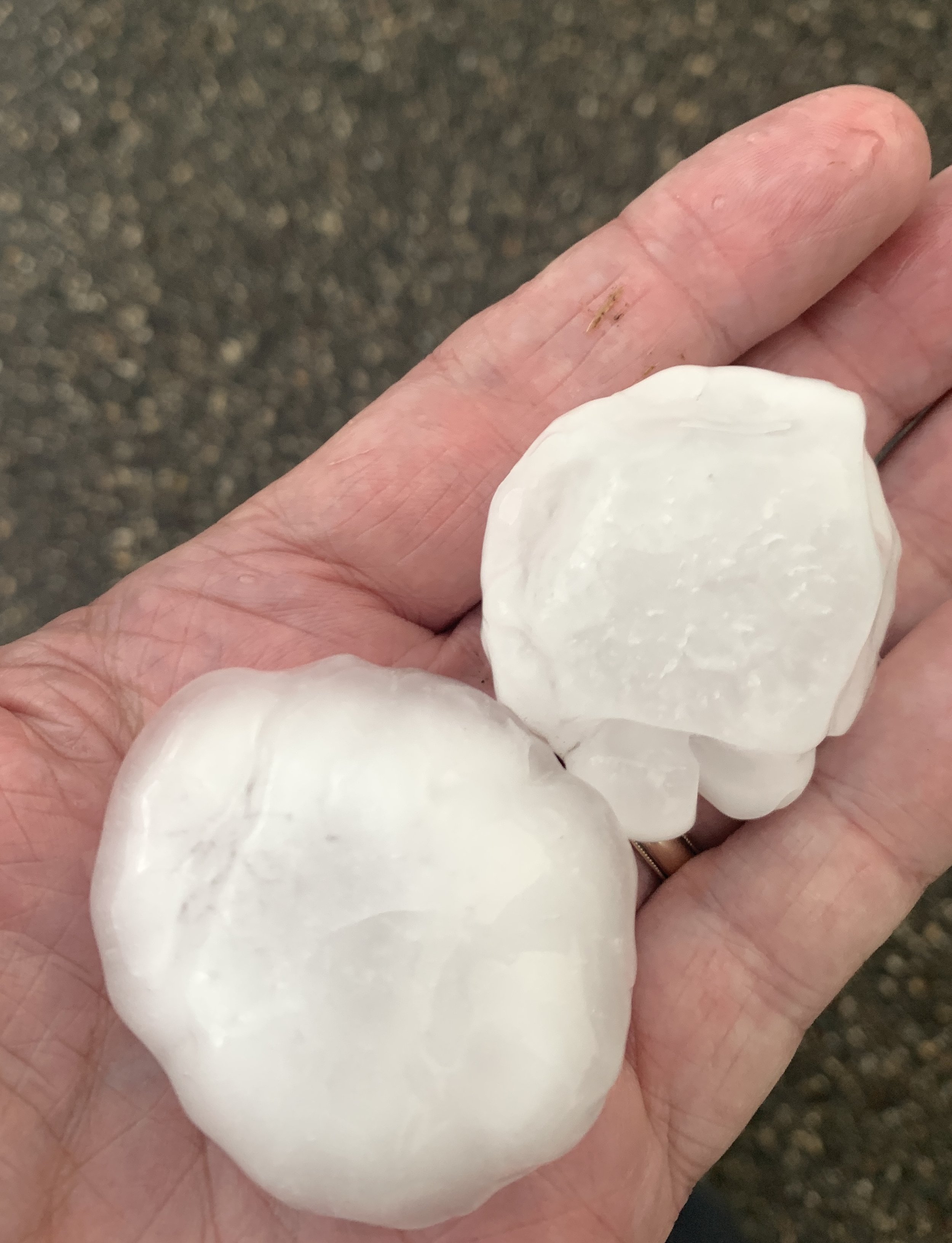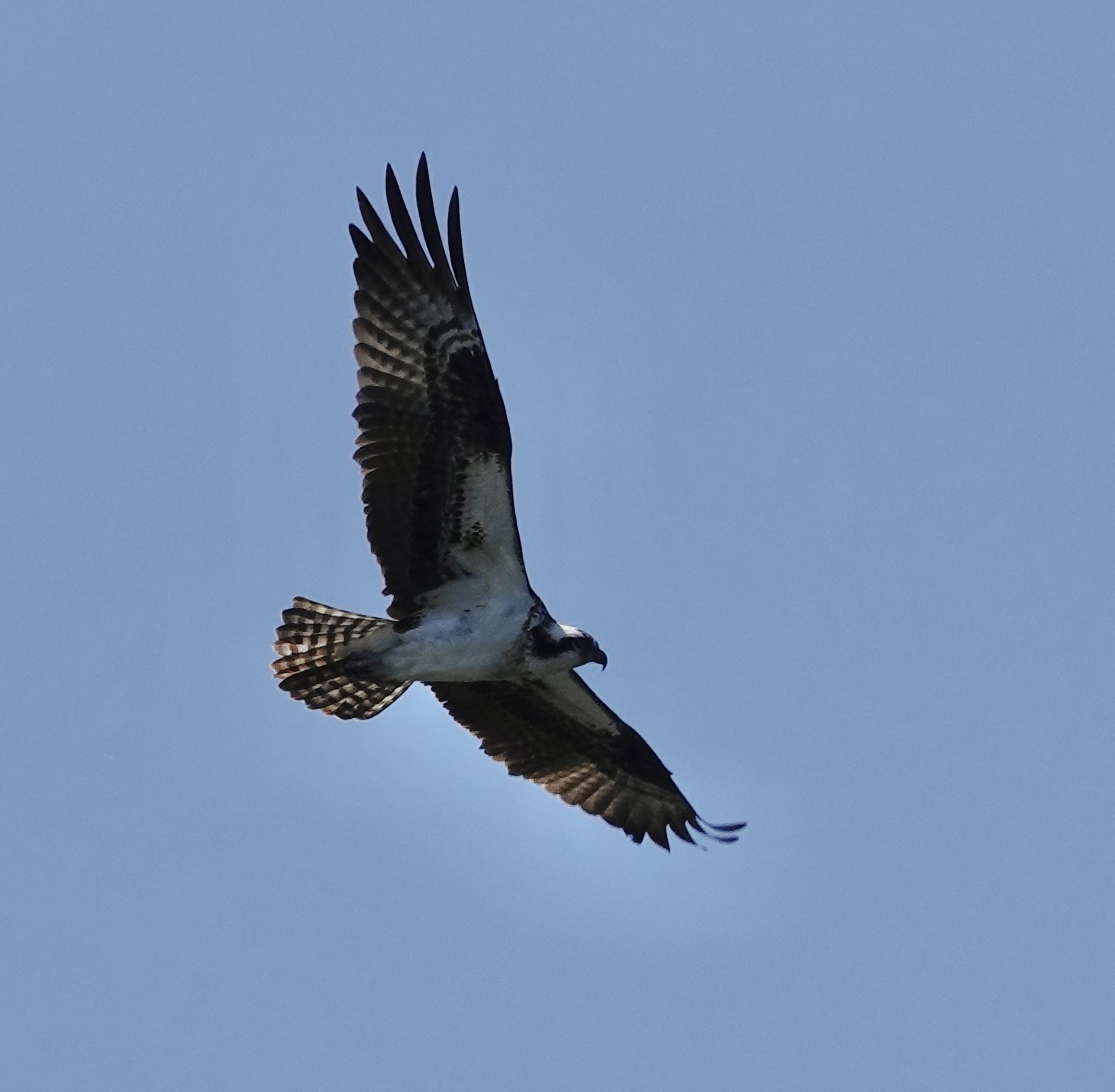Naturally
I gathered sticks from the yard and added them to the burgeoning brush plies. The wind had been busy. Turkey vultures flew over in a scavenger hunt. I was serenaded by white-throated sparrows whistling, “Old Sven Peterson, Peterson.” Or it could have been “Old Sven Petersen, Petersen.” Or “Old Sven Pedersen, Pedersen.” You get the idea. I’m not sure sparrows are concerned with the proper spelling of anything.
Trumpeter swans are nesting, Canada goose goslings have been waddling around since May began, many white-crowned sparrows were sporting bike helmets, Lincoln’s and field sparrows were numerous, and yellow-headed blackbirds were here and there. I saw the “mustard heads” in a number of locations, which brought me joy. They were hard for me to find in those same places last year. They put some spring into spring. I paused in adding to my stick collection to watch a Little Rickie flit about in the short trees. I call the tiny ruby-crowned kinglet “Little Rickie” based on the official four-letter code used by bird-banders and birders, RCKI. The kinglet has a big voice. The frosting on the cake was a noisy red-headed woodpecker.
Think of one of your favorite songs. You know how it starts and how it progresses. That’s how nature moves in spring. There is an order. Dabbling ducks are on vernal ponds and midges, resembling mosquitoes without the bite, provide food for swallows. A late spring compresses plant activity.
Crows were acting crowish. Crows in a city in Sweden are being trained to collect cigarette butts from the streets and drop them into a machine that rewards them with food. It’s a project called “Corvid Cleaning” by The Keep Sweden Tidy Foundation and aims to lower the costs of street cleaning in the city.
I found bits of a balloon tangled in vegetation near water. There is no such thing as a good free-range balloon. It becomes toxic trash.
Q&A
Ken Nelson of Clarks Grove wondered when Baltimore orioles leave Minnesota after nesting and how many broods they have. They have one brood. In July, most young orioles are leaving the nest and becoming independent. The parents start molting their body and flight feathers in anticipation of their migration south. By September, it’s rare to see any orioles hanging around. Their durable sock-like nests continue to hang, thanks to a tightly woven construction, strong knots and superior building materials.
“Do robins find worms by sight or sound?” Robins hop around our yards, with heads cocked, searching for worms. There was research published in the journal Animal Behavior that concluded robins could use either visual or auditory cues to find worms, but probably use both.
“Why do squirrels insist on stopping in a street and then running in front of my car?” Why do squirrels run into the path of an oncoming car? Are they panicking or just goofy? Squirrels spend their lives trying not to be killed and then they do this? Instinct drives this behavior while you’re driving your car. Squirrels run in a serpentine or zig-zag pattern to throw hunting hawks off their swooping game. This method helps squirrels dodge raptors and other predators. I must add that this is a commonly held theory, which squirrels have refused to confirm or deny.
“I watched a kingfisher catch a big fish for the bird’s size. It whacked its catch on a branch and then perched there for a long time with the fish hanging from its bill. What was it doing?” The kingfisher, around a foot long, leaves a comparatively large, captured fish hanging out of its beak and filling the bird’s throat, as rapid digestion allows the fish to inch its way down the kingfisher’s gullet. Kingfishers regurgitate pellets made of indigestible parts, just as an owl does.
“What do hummingbirds feed on when they return in a cold, late spring?” Sap and insects. Yellow-bellied sapsuckers, which winter in the southeastern U.S. and Central America, migrate north in early spring when the sap is running. They use their strong bills to notch rows of sapwells in trees. They drink the sap and feed on the insects attracted to it. Hummingbirds rely on the bounty of sap provided by sapsuckers and visit the wells to drink the sweet liquid and feed on the insects attracted to it. For the hummingbirds, this is an important food source that helps them survive until the flowers bloom.
Thanks for stopping by
“Do not think of knocking out another person's brains because he differs in opinion from you. It would be as rational to knock yourself on the head because you differ from yourself ten years ago.”—Horace Mann.
“Is there anything more beautiful in the world than to sit before an open window and enjoy nature, to listen to the birds singing?”—Anne Frank.
Do good.
©Al Batt 2022
A white-crowned sparrow looks as if it is wearing a bike helmet and loves to hang around brush piles. Photo by Al Batt.
Hummingbirds are stalking sapsuckers.
The weather brought out the heavy artillery. Some angry golf ball-sized hailstones battered my car while I taught writing classes at College of St. Ben’s. Windshields and rear windows of other cars needed to be replaced. It wasn’t flossing with barbed wire, but it was disturbing. The good thing about hail is—I guess there is no good thing about hail unless you’re in the auto glass repair and replacement business. One auto glass company vehicle had oversized mudflaps intended to prevent its rear tires from kicking up rocks. They weren’t out drumming up business.
Seeing a Scarlet Tanager causes me to turn 111 shades of happy.
A total lunar eclipse caused the handsome sky to reveal a blood moon.
What the hey? It’s an Osprey.
To alter John Donne’s words only slightly, “Any death diminishes me.” A Cooper’s Hawk chased this Gray Catbird into a window collision, with sad results. I believe the accipiter escaped unscathed.
To alter John Donne’s words only slightly, “Any death diminishes me.” A Cooper’s Hawk chased this Gray Catbird into a window collision, with sad results. I believe the accipiter escaped unscathed.
I know it’s dawn when the ring-necked pheasant rooster crows “cow-cat” loudly outside my bedroom. He follows it up with a loud, rapid beating of his wings.
The common name for this butterfly, mourning cloak, refers to its resemblance to a traditional cloak worn by someone in mourning. It’s called the Camberwell beauty in the U.K.









